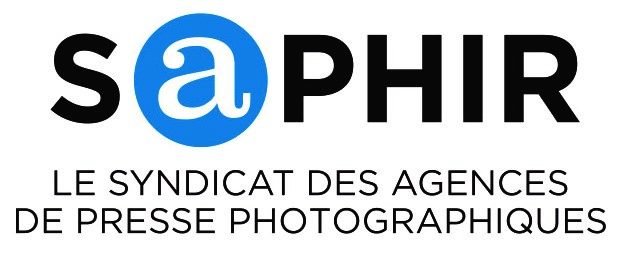Archaeological looting is a global issue that threatens the preservation of our shared cultural heritage. In the Middle East, archaeological looting and the deliberate destruction of archaeological sites and monuments amid ongoing warfare have captured international attention. Antiquities of enormous value have been taken from museums and ancient sites with considerable loss to world heritage.
Looting of precious objects and antiquities is not a new phenomenon, it has been happening throughout human history. The Vikings got their barbarous reputation from stealing from both the rich and the poor – your cattle were not safe, but nor were the gold chalices in your local monastery. In the Werner Forman Archive collection there are church artefacts and precious objects have been transported great distances as result of invasions and looting. See pictures 55423629 (left) and 55423343 (right).
 |
 |
In 1204 Constantinople was sacked by the crusaders on their way to the Holy Land and reliquaries found their way to the West (Picture 55402981). For supposedly pious warriors, the Crusaders looted, terrorised and vandalised Constantinople for three days, during which many exqusite Roman and Greek works were either stolen or destroyed.
 |
Closer to our time ideology has been behind destructions of cultural heritage.
North Korea is a country little known to the West but Werner Forman photographed there in 1958 and his records could be unique (see pictures 55404381 – right – and 55404396 – left -). Barbara Heller, Director, Werner Forman Archive, says “The photographs published in “the Art of Ancient Korea” were mostly taken in the Korean People’s Repubic in the summer of 1958. Museum officials of the Central Gallery and the Central Historical Museum in P’yongyang allowed Werner Forman unprecedented access to hitherto unphotographed objects, some of which have fallen back to obscurity because of the current political situation.”
 |
 |
In 1966 the Cultural Revolution movement saw the destruction of works of art and the ransacking of museums in China. Werner Forman had spent two months in 1956 travelling around China and photographing some of the ransacked museums. His photographs are now a unique record of those sites, museums and artefacts. (see pictures 55422016 – right – and 55422009 – left -).
 |
 |
In 2003 the Archaeological Museum in Baghdad lost thousands of objects to looting – recent reports bring the number to 13,864 artefacts – Picture 55403193, the Ivory Inlay from Nimrud, is still in the Unesco website identified as missing by Interpol.
 |
In 2011 the world was shocked by the news that the famous Egyptian Museum of Antiquities in Cairo had been broken into and collectable items stolen. Thousands of artefacts went missing, were destroyed or damaged and even today objects are finding their way back to the museum’s collection. Even the infamous artefacts from Tutankhamun’s burial did not escape unscathed. See picture of Tutankahmun’s statue 55404396 which was damaged during the looting.
 |
Barbara Heller says, “Looking after a photographic archive of archaeological objects from around the world is another way of making sure there is a record of these artefacts for posterity.”
Werner Forman Archive is a major treasury of images of ancient art, antiquities, culture and landscapes. They will be attending fotofringe in London on 20th April. To contact them or book an appointment please email wfa@btinternet.com or come to table 24 in Battlebridge Room at Kings’ Place. www.fotofringelondon.com
Website: www.werner-forman-archive.com
All images copyright Werner Forman Archive.








